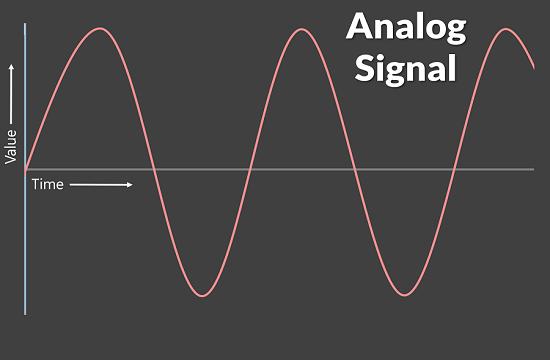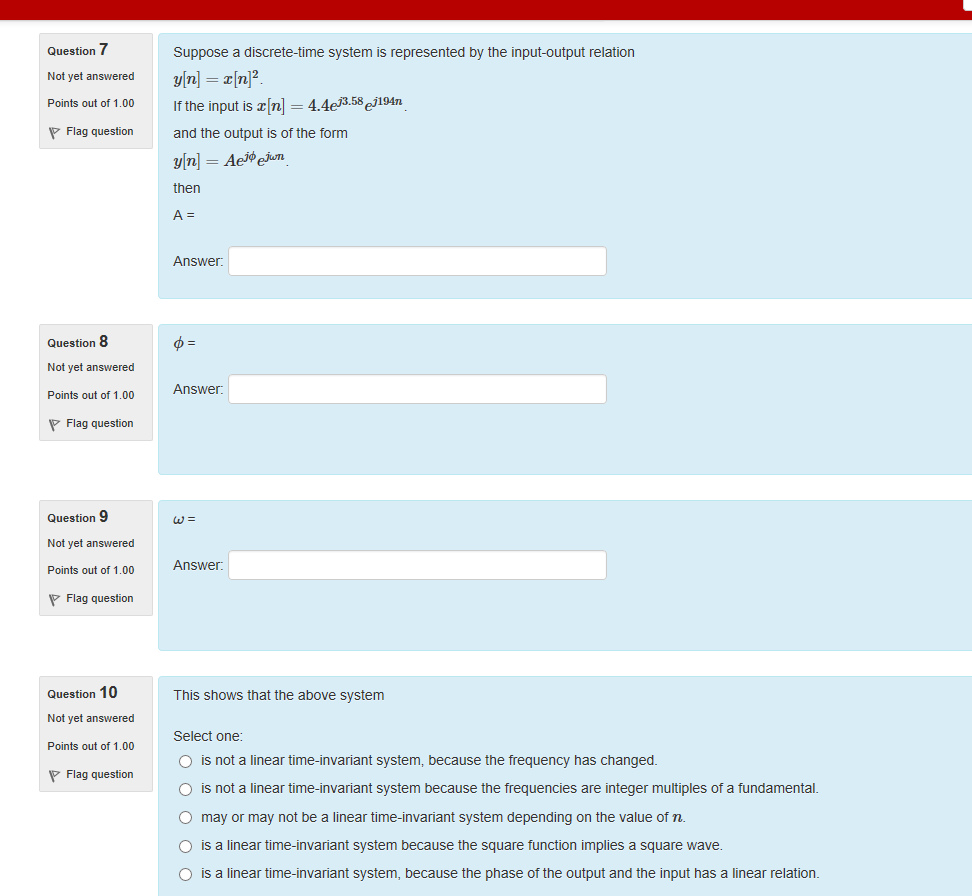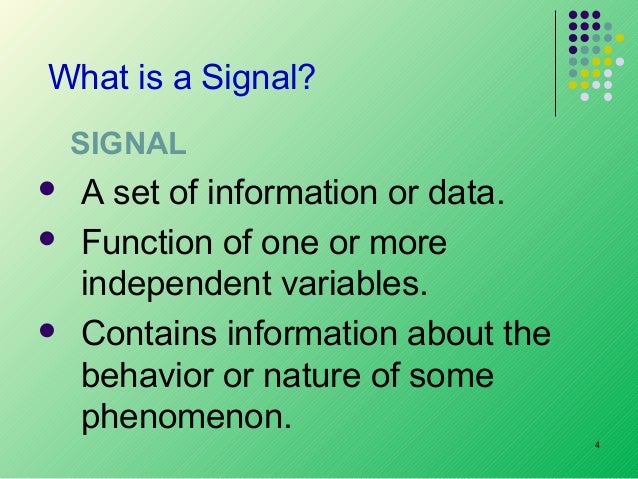


When voltage versus time graph is plotted we see curve with continuous values like sine waves.

Voltage, current, frequency, pressure, sound, light, temperature are the physical variables that are measured with respect to their changes with respect to time to obtain information. The signal whose amplitude takes any value in a continuous range is called analog signal.Īnalog Signals are continuous in nature which vary with respect to time. Analog SignalsĪnalog signal is a form of electrical energy (voltage, current or electromagnetic power) for which there is a linear relationship between electrical quantity and the value that the signal represents.

Similarly signal is a way of communicating by sending information from one system to other system. Regulators in individual countries may investigate further and decide if any action is required, such as changing the information for patients, providing a public alert or warning, or withdrawing a drug from the market.Gestures, actions, sounds, expressions tell us some information, and these are the ways of communicating one to other. Subsequently it may be published in the publicly-available WHO Pharmaceuticals Newsletter or in a scientific journal. Should a credible association between a side effect and a medicine be determined, UMC will communicate the evaluation as a signal via VigiLyze (UMC’s signal detection and management system) to members of the WHO PIDM. Once a signal has been detected the relationship between a medicine and the occurrence of a side effect is further evaluated in what is called causality assessment. Since the information reported in a signal is not conclusive it may change substantially over time as more data accumulates. It can also inform about an already-known association between a medicine and an adverse drug effect, for example: on the range of severity of the effect or its outcome, suggesting a mechanism, indicating an at-risk group, suggesting a dose range which might be riskier, a pharmaceutical group-effect, or a lack of effect by a medicine. The information in a signal can be new or additional and can be about both the adverse and beneficial effects of an intervention. It’s important to note that a signal does not indicate a direct causal relationship between a side effect and a medicine, but is essentially only a hypothesis that, together with data and arguments, justifies the need for further assessment. According to the WHO-UMC definition, a safety signal refers to information on a new or known side effect that may be caused by a medicine and is typically generated from more than a single report of a suspected side effect.


 0 kommentar(er)
0 kommentar(er)
